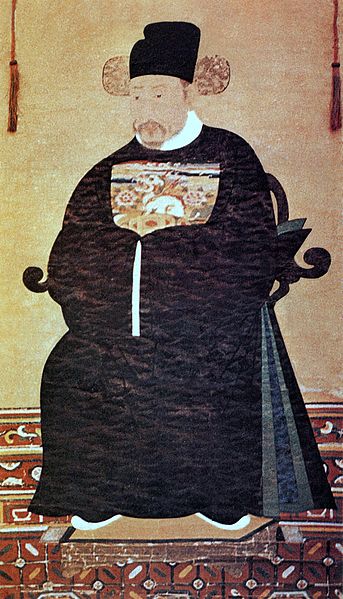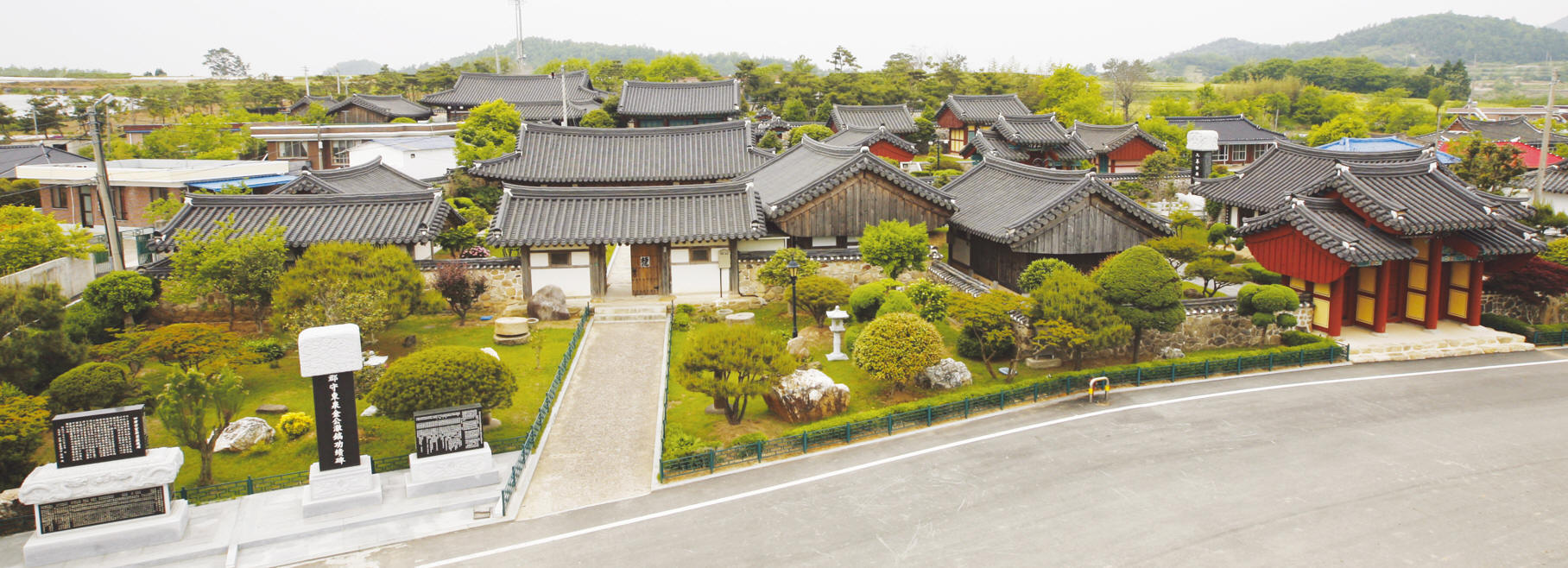General Kim Wan
Kim Wan (金完, 1577–1635) of the Kim family of Gimhae was a military official during the mid-Joseon period who made significant contributions to the country.
Major Life and Achievements:
Birth and Background: Born in 1577 (10th year of King Seonjo) in Yeongam, Jeollanam-do, he was the son of Kim Gyeok-jo (金克祧), the governor of Yeongam.
Suppression of the Yi Gwal Rebellion: In 1624 (the 2nd year of King Injo's
reign), he played a pivotal role in suppressing the Yi Gwal Rebellion. At the
time, as the commander of the Changseong Defense Forces, he served as the
vanguard under General Jang Man and, alongside Jeong Chung-sin and Woo Ho-gil,
defeated the rebel forces at Anhyun (currently Muakjae outside the West Gate).
Awarded the title of Meritorious Subject and posthumous honors: For his
contributions in suppressing the Lee Gwal Rebellion, he was posthumously awarded
the title of “Jingmu Gongsin” (3rd rank) and was posthumously granted the title
of “Hakseonggun” (Lord of Hakseong). He later served as Gyeongseong Buja, Bu
Jonggwan, Jeonla Uisu, Hyeonunwon Dojeong, and Hwanghae-do Byeongma. After his
death, he was posthumously promoted to Minister of War and given the posthumous
title **Yangmu (襄武)**.
Family Glory: His son, Kim Yeo-su, and his grandson also passed the military
examination and held official positions, and his family became known as the
“Kimhae Kim Clan's Four Generals Branch” and continued to serve as military
officials for generations.
Monuments: In Yeongam County, Jeollanam-do, there are the tomb of General Kim Wan, his stele, and the Gugo Shrine (Gugosa) and Bujao Shrine (Bujao Myao) where his portrait is enshrined. He is also the subject of National Treasure No. 1305, “Portrait of Kim Wan.” His stele is designated as Jeollanam-do Cultural Property No. 40.

Kim Wan (1577–1635)
The Portrait of General Kim Wan
The Portrait of General Kim Wan, commissioned in 1625 to honor his service, stands as a significant cultural property. Now preserved at the Gimhae Kim Clan Sagunpa Historic Site, it serves as a testament to his distinguished legacy.
Portrait (Jeollanam-do
Provincial Cultural Property No. 65, designated on October 20, 1977)
This is a portrait of General Kim Wan-jang, which was presented by King Injo
in 1625, the year after he was awarded the title of Jinmu Gongshin for his
military achievements in suppressing the rebellion led by Yi Gwal.
Portrait (Jeollanam-do
Provincial Tangible Cultural Property No. 65, designated on October 20,
1977)
This portrait was presented by King Injo in 1625 to Kim Wan-jang, who was
posthumously honored as a military merit official for his contributions in
suppressing the Yi Gwal Rebellion.
It was relocated to its current location in 1718, and below the tomb lies
the grave of the general's beloved horse.

Gimhae Kim Clan Sagunpa Historic Site, Gugo Temple (Yeongam County, Jeollanam-do Province, Gimhae Kim Clan Sagunpa Grand Assembly, General Kim Wan)
After the war, the Choseon government
honored his loyalty by posthumously granting him the title of Minister of
War and bestowing upon him the posthumous name “Chungjang” (Loyal and
Brave). Today, the Chungjeolsa Shrine in Yeongam honors the noble spirit of
General Kim Wan, and his tomb and martyrdom monument are designated as
cultural properties of Jeollanam-do Province, preserving his great
achievements for future generations.
Source: Visit or click the image above to see more images
Gugo Temple
This is a shrine dedicated to General Kim Wan, a military commander from
Yeongam who distinguished himself during the Imjin War and the Rebellion of
Yi Gwal. The shrine houses the spirit tablet of General Kim Wan, and the
annex (Bujae Myeong) contains a portrait of Kim Wan designated as National
Treasure No. 1305. This is a view of the entire Gugo Temple complex.
